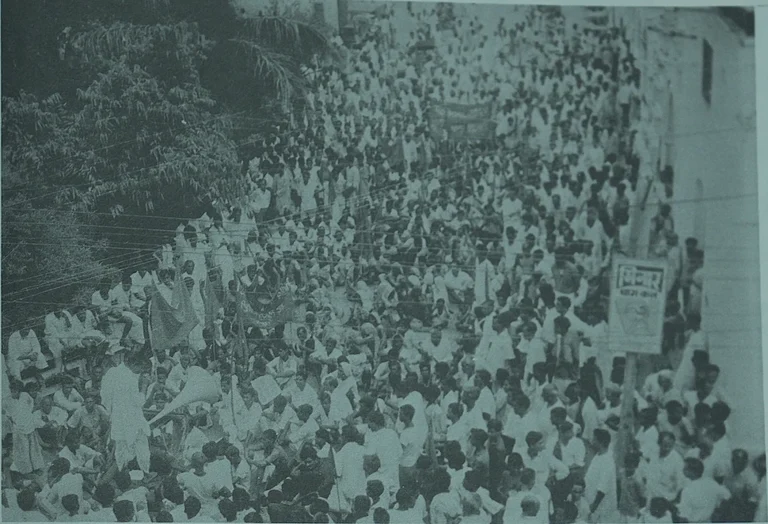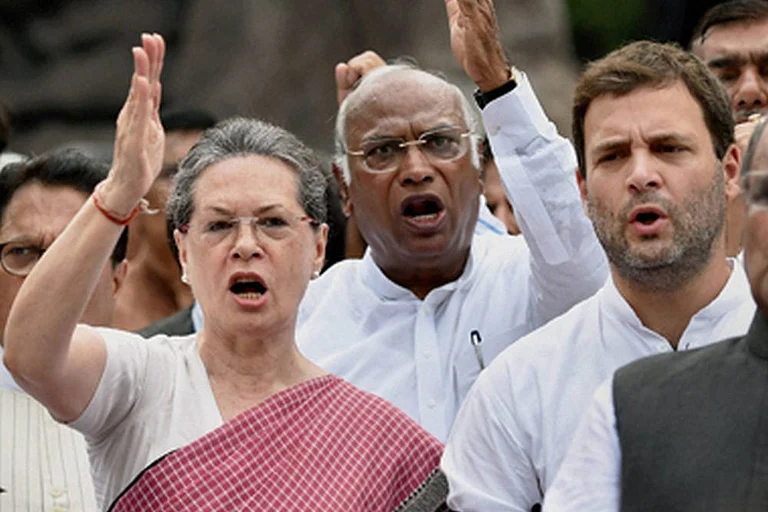
India’s four new labour codes, effective November 21, 2025, expand worker protections, set a national minimum wage, and cover gig and media workers.
Key reforms include easier access to gratuity, mandatory appointment letters, regulated working hours, paid leave, and social security benefits.
The codes balance worker rights with business flexibility, including streamlined hiring/firing rules and increased thresholds for layoffs, sparking some trade union protests.
India’s four new labour codes — the Code on Wages 2019, the Industrial Relations Code 2020, the Social Security Code 2020, and the Occupational Safety, Health and Working Conditions Code 2020 — came into force on November 21, 2025.
The reforms claim to modernise the country’s labour regime, streamline business processes, and strengthen protections for workers. They apply across both organised and unorganised sectors, revising entitlements such as working hours, leave, and social benefits.
The Code on Wages was passed by Parliament in July–August 2019. The three other labour reform Bills — the Industrial Relations Code, the Social Security Code, and the Occupational Safety, Health and Working Conditions Code — were approved by both Houses in September 2020, despite an Opposition boycott protesting the suspension of eight MPs for “unruly behaviour” during the monsoon session.
At the time, Santosh Gangwar, then Minister of State (Independent Charge) for Labour and Employment, told the Rajya Sabha that the Bills would be a “game changer” for labour welfare, benefiting over 500 million workers across organised and unorganised sectors.
Ten major Indian trade unions have criticised the government’s rollout of the labour codes, calling it a “deceptive fraud” on workers. In a statement on Friday, the unions, all aligned with Opposition parties, demanded the laws be withdrawn ahead of nationwide protests planned for Wednesday, November 26.
The protesting unions — Indian National Trade Union Congress (INTUC), All India Trade Union Congress (AITUC), All India United Trade Union Centre (AIUTUC), Hind Mazdoor Sabha (HMS), Centre of Indian Trade Unions (CITU), Trade Union Coordination Centre (TUCC), Self Employed Women’s Association (SEWA), All India Central Council of Trade Unions (AICCTU), Labour Progressive Federation (LPF), and United Trade Union Congress (UTUC) — have raised concerns over hire-and-fire rules, retrenchment, fixed-term employment, and curbs on the right to strike.
However, the RSS-affiliated Bharatiya Mazdoor Sangh (BMS) welcomed the rollout, describing it as a “significant milestone” in building a fair, inclusive, and empowered labour framework.
The Centre of Indian Trade Unions staged marches on Saturday in Bhubaneswar, where several hundred workers protested and burned copies of the new laws.
The government, which secured parliamentary approval for the codes five years ago, says the overhaul brings outdated rules, some dating back to the colonial era, into line with current economic needs. Ministers argue that the changes enhance worker safeguards through wider social security coverage and minimum-wage guarantees, while also giving businesses greater flexibility in hiring and dismissals.
Trade unions have consistently resisted the reforms, holding repeated nationwide protests over the past five years.
Key Changes:
Minimum Wages
The scope of minimum wages has been expanded to all employment sectors. The Centre will now set a national floor wage, and no state can fix wages below this level, ensuring a uniform baseline for workers across the country.
Gratuity
Gratuity eligibility for fixed-term employees has been reduced from five years to one year of continuous service. Gratuity is a lump-sum financial payout given by employers to workers in recognition of extended service.
Social Security for Gig Workers
For the first time, gig workers are covered under social security provisions. Aggregators are required to contribute a percentage of their annual turnover to a fund for benefits such as life and disability cover, as well as health benefits.
Revised Wage Definition
The new definition of “wages” standardises the pay structure, requiring basic pay to form at least 50 percent of total remuneration. While this may reduce take-home salary for some, a larger portion of pay will now attract provident fund and gratuity contributions.
Mandatory Appointment Letters
Appointment letters are now mandatory across all sectors, including informal employment. This ensures transparency and provides documentary proof of employment, wages, and social security entitlements.
Commuting Accidents Included
Accidents occurring while travelling between home and workplace are now considered employment-related, making workers eligible for compensation.
Timely Payment of Salaries
Employers are required to pay wages within a specified time frame—for example, monthly wages must be paid within seven days of the next month, and wages on termination or resignation within two working days—ensuring workers’ financial stability.
Night Shifts for Women
Women are now permitted to work night shifts across all establishments (before 6 AM and beyond 7 PM), provided they give consent and employers ensure mandatory safety and security measures.
Formal Protection for Media Workers
Journalists, OTT workers, digital creators, dubbing artists, and crew members must now receive formal appointment letters detailing wages, working hours, and entitlements.
Leave Entitlement and Overtime
The eligibility period for annual paid leave has been reduced from 240 days to 180 days, enabling newer employees to access leave sooner. Employees working beyond normal hours must be compensated at twice the normal wage rate.
Free Annual Health Check-ups
Employers must provide free annual health examinations or tests to all employees aged 40 and above, promoting preventive healthcare in the workforce.
These labour codes collectively modernise India’s employment framework, aiming to balance ease of doing business with enhanced worker protections, while extending formal rights to previously unregulated sectors like gig and media work.
However, several trade unions have staged protests against these new laws. While the new rules offer social security and minimum-wage benefits, they also allow companies to hire and fire workers more easily. The rules have raised the threshold for firms that need prior approval for layoffs to 300 workers from 100, giving companies greater flexibility in workforce management.


























